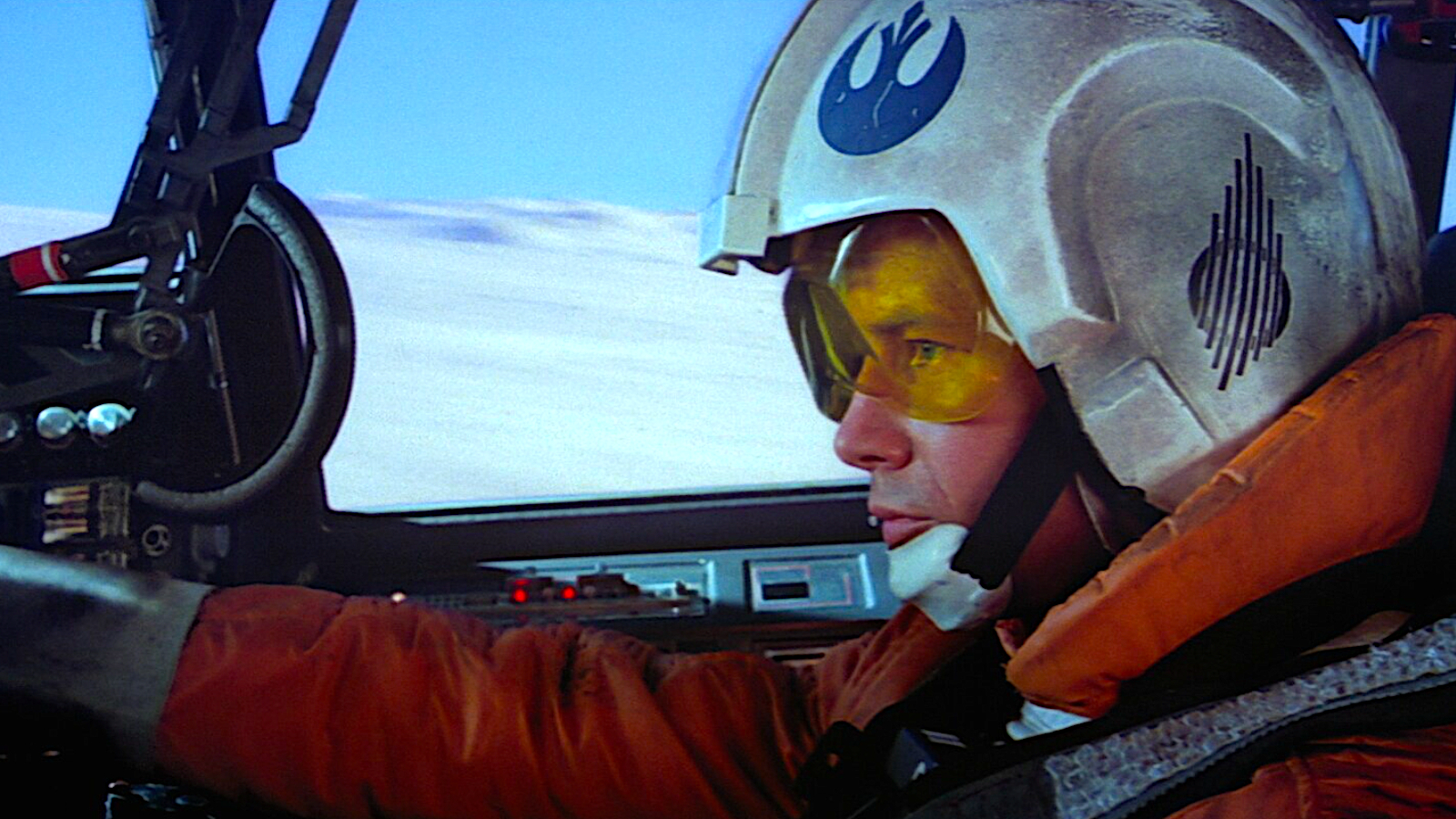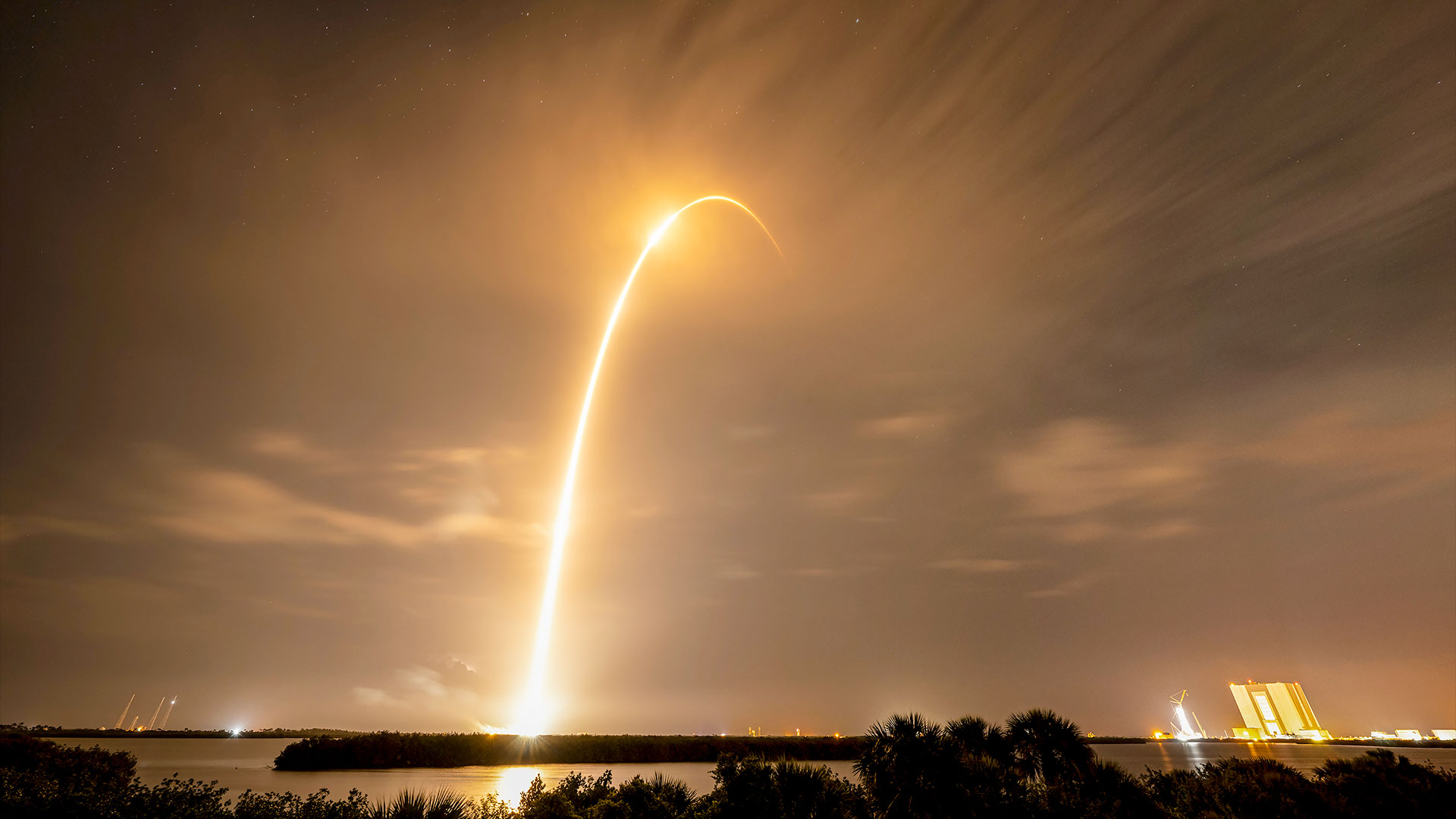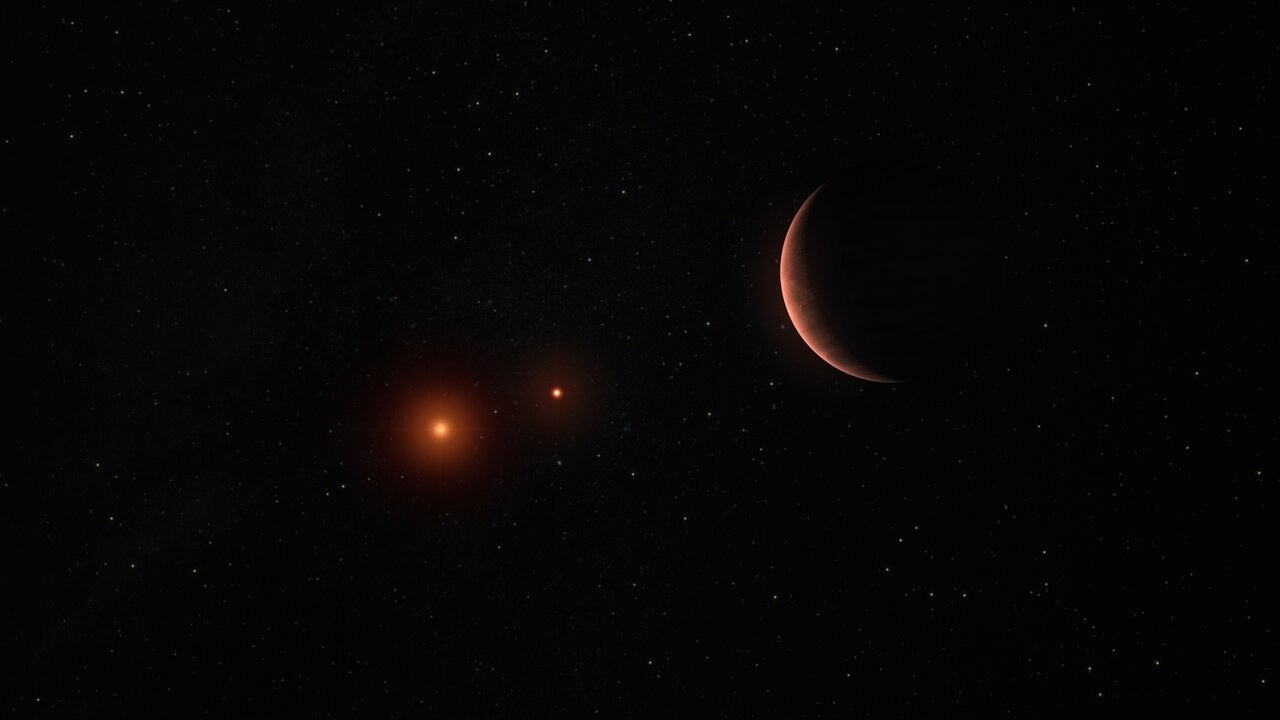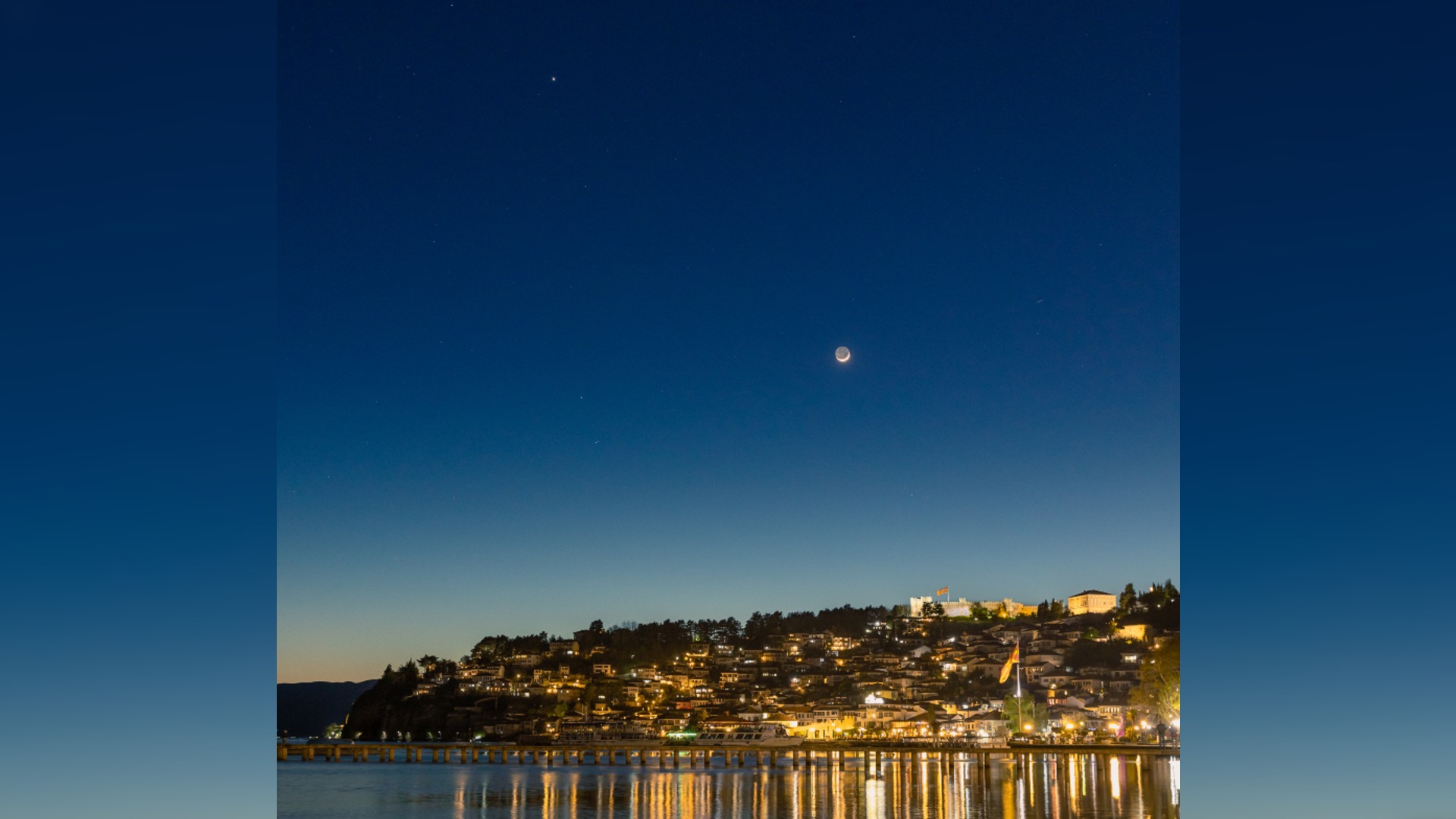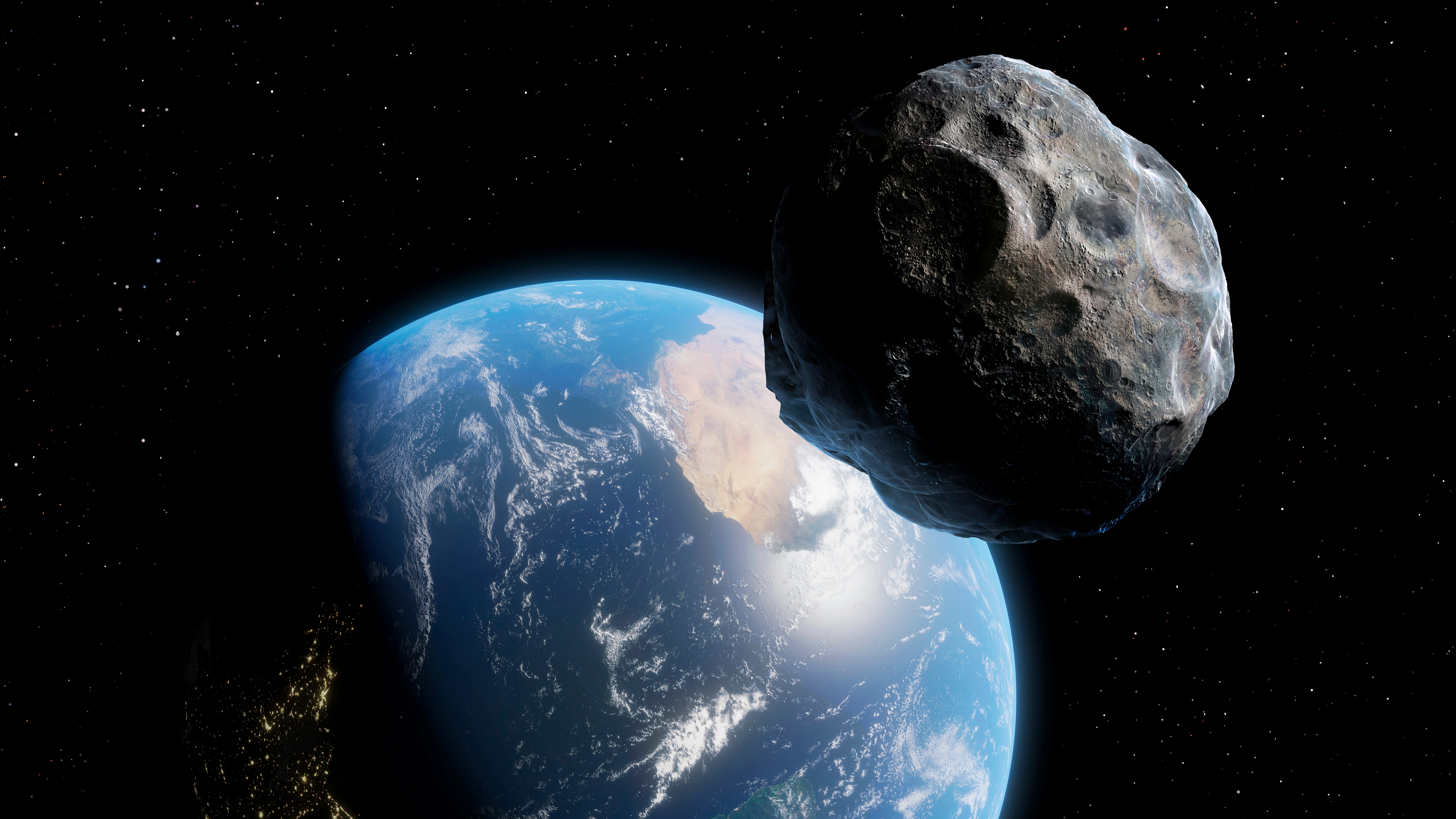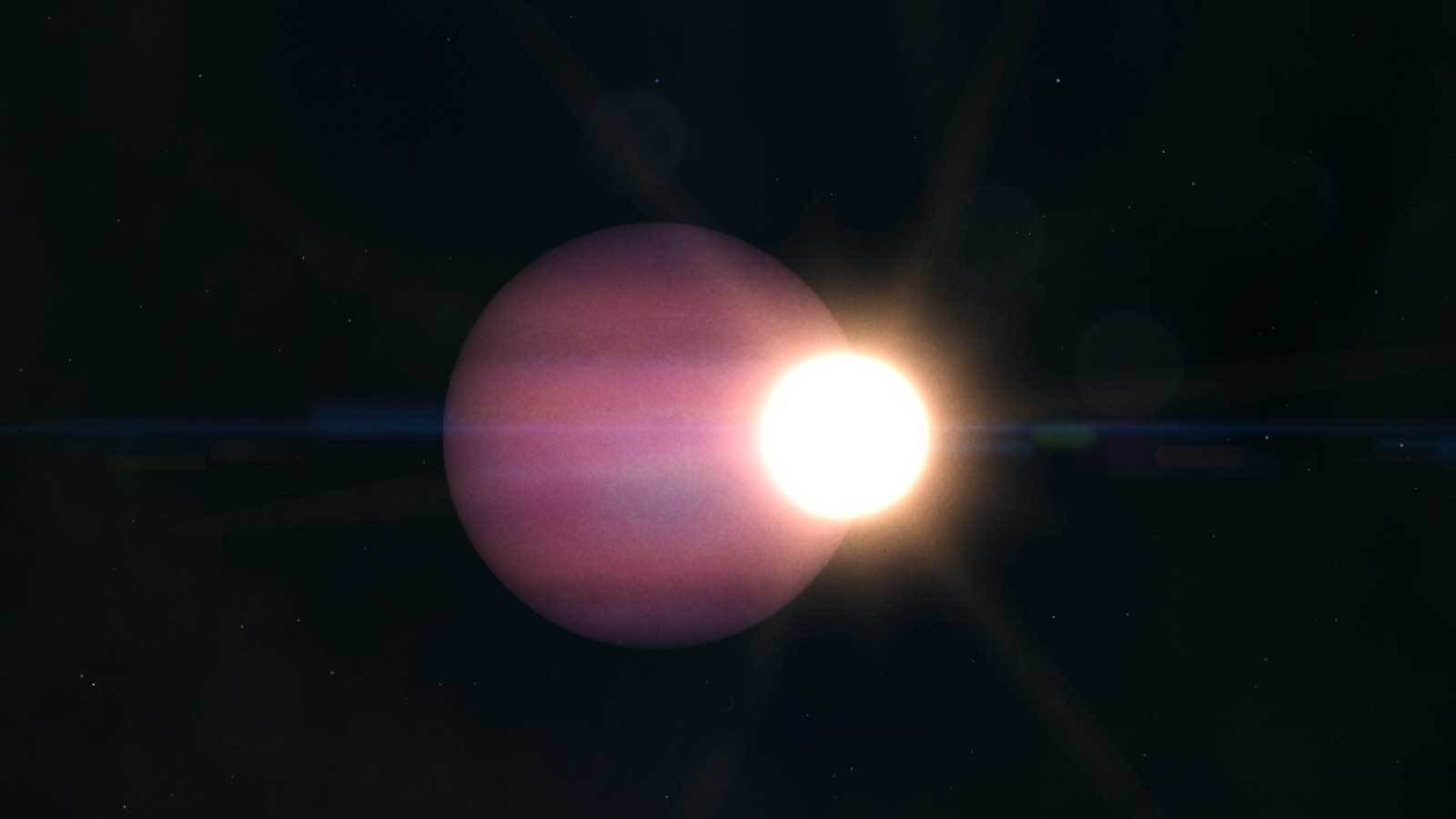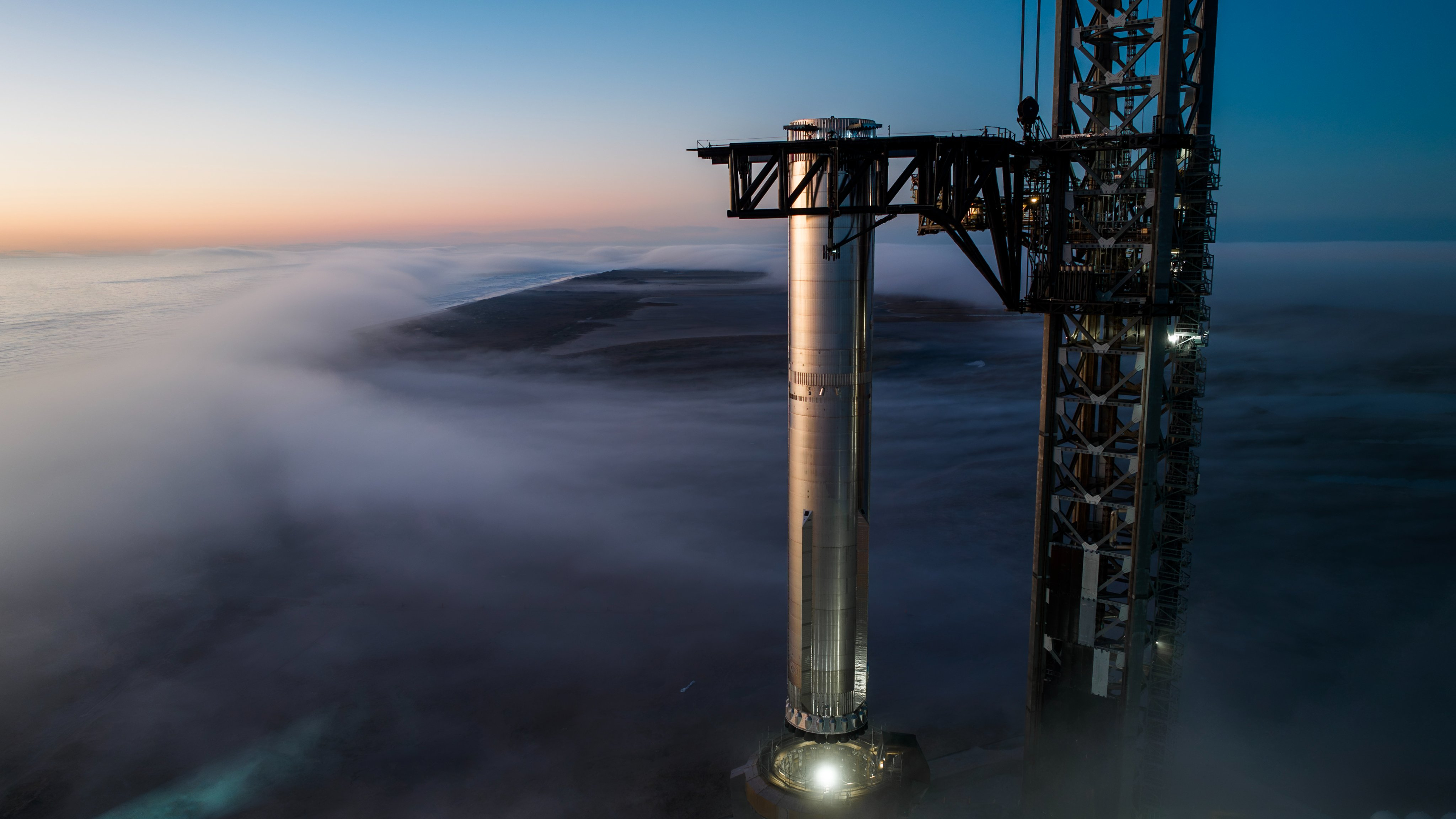
SpaceX has pushed the eighth test flight of its Starship megarocket back a few days.
Elon Musk's company had been targeting Friday (Feb. 28) for Flight 8 of Starship, the biggest and most powerful rocket ever built. But that's no longer the plan.
"Now targeting to launch Starship's eighth flight test as soon as Monday, March 3," SpaceX said in an X post early on Thursday morning (Feb. 27). No reason was given for the delay.
If all goes to plan, Starship will lift off from Starbase, SpaceX's facility in South Texas, on Monday during a window that opens at 6:30 p.m. EST (2330 GMT; 5:30 p.m. local Texas time). You'll be able to watch the action live here at Space.com, courtesy of SpaceX.
Related: SpaceX catches Super Heavy booster on Starship Flight 7 test but loses upper stage (video, photos)
A fully stacked Starship launched for the first time in April 2023. The rocket has flown six more times since then, most recently on Jan. 16.
That mission, Flight 7, was partially successful. SpaceX managed to catch Starship's huge first-stage booster, known as Super Heavy, with the "chopstick" arms of Starbase's launch tower about seven minutes after liftoff.
Get the Space.com Newsletter
Breaking space news, the latest updates on rocket launches, skywatching events and more!
Ship, the vehicle's upper stage, was supposed to deploy 10 dummy versions of SpaceX's Starlink internet satellites, circle much of the planet, and splash down in the Indian Ocean off Western Australia about an hour after launch. That didn't happen, however; Ship suffered a propellant leak and ended up exploding over the Atlantic Ocean.
The goals of Flight 8 will be similar to those of Flight 7, SpaceX wrote in a mission description. SpaceX will try for another Super Heavy chopsticks catch — its third overall, if successful — and Ship will attempt to deploy mock Starlink satellites on its suborbital trajectory (but four this time, not 10).
Ship will again target a controlled splashdown off Western Australia. Eventually, SpaceX plans to snag the returning upper stage using the launch tower's chopsticks as well, but the company isn't ready to try that just yet.
Join our Space Forums to keep talking space on the latest missions, night sky and more! And if you have a news tip, correction or comment, let us know at: community@space.com.

Michael Wall is a Senior Space Writer with Space.com and joined the team in 2010. He primarily covers exoplanets, spaceflight and military space, but has been known to dabble in the space art beat. His book about the search for alien life, "Out There," was published on Nov. 13, 2018. Before becoming a science writer, Michael worked as a herpetologist and wildlife biologist. He has a Ph.D. in evolutionary biology from the University of Sydney, Australia, a bachelor's degree from the University of Arizona, and a graduate certificate in science writing from the University of California, Santa Cruz. To find out what his latest project is, you can follow Michael on Twitter.
-
Unclear Engineer The stories in the "popular media" are getting outlandish. For example, look at this "click bait" picture on the "scimag" website:Reply
https://www.scimag.news/wp-content/uploads/2025/02/scaled_67be650f52c27-1536x878.jpg

